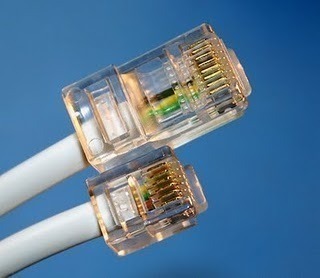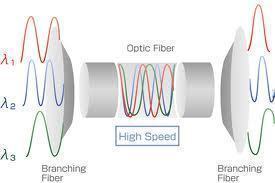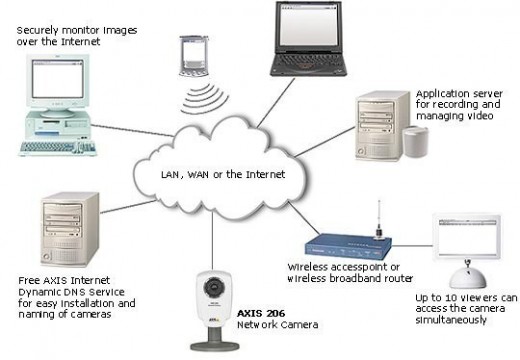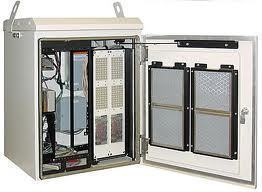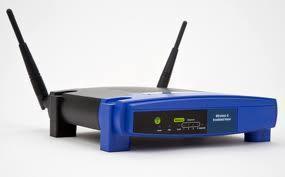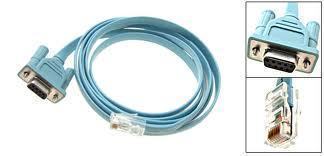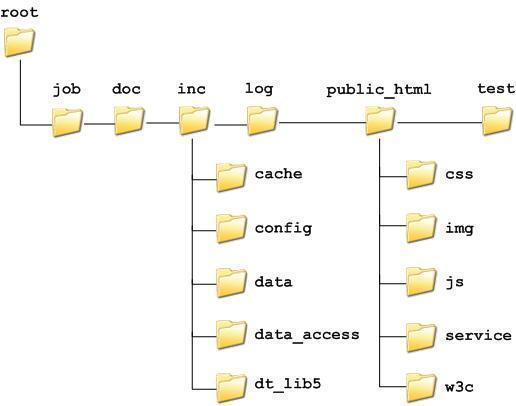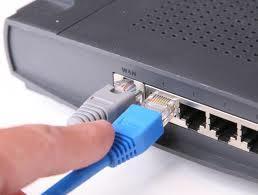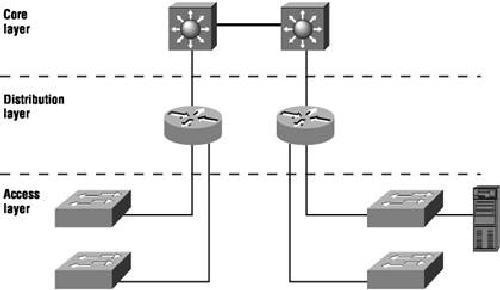Ethernet Cabling
Ethernet is a media access method that is specified at the Data Link layer and uses specific Physical layer cabling and signalling techniques. It is important to be able to differentiate between the types of connectors that can be used to connect an Ethernet network together. I'll discuss the different unshielded twisted-pair cabling used today …

